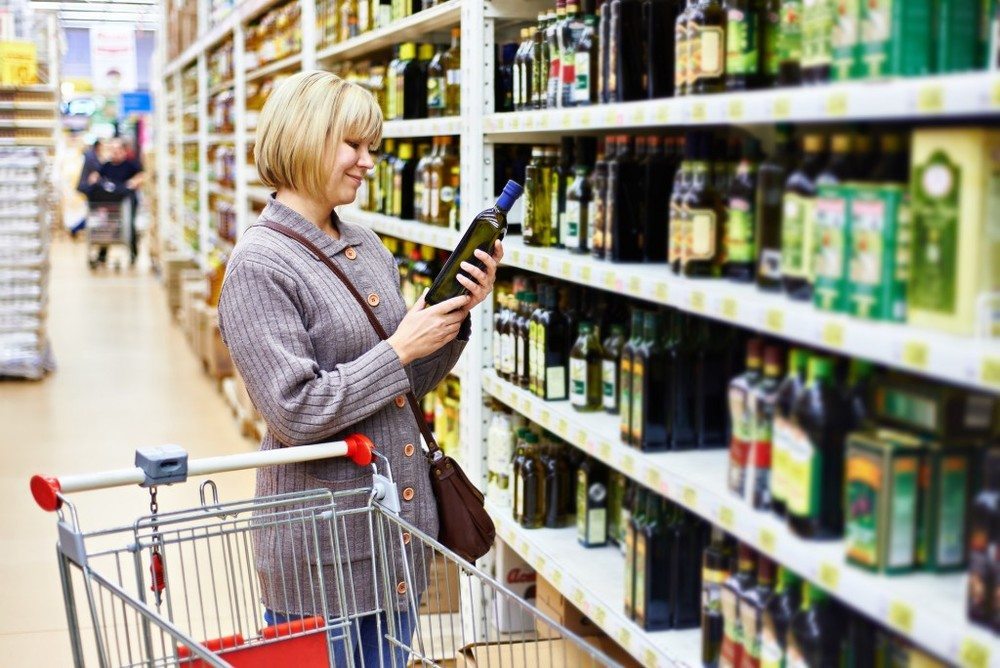
Global CPG Logistics 2015
Available to download todayAbout the Global CPG Logistics 2015 report
Ti’s new report, Global CPG Logistics 2015, includes insight into the consumer packaged goods market, with analysis of the main CPG businesses and their supply chains, as well as the logistics providers they do business with.
In addition, Ti has sized the CPG market and, based on bespoke research, has shared its estimates of logistics costs across developing and emerging markets.
This report contains
- Characteristics of CPG logistics
- Supply chains of the biggest CPG companies
- CPG market size and logistics costs
- CPG in developed and emerging economies
- Logistics service provider profiles.
Exclusive highlights on the size and cost structure of the CPG market
- North America spending 6.8% of total sales on logistics, whilst Europe spends just over 10.5%
- The logistics costs of different product lines must vary with their logistics characteristics. For example, mineral water will have high logistics costs as a proportion of sales, whereas for cosmetics or chocolate logistics, it will be less.
Exclusive highlights on CPG logistics in developed and emerging marktets
- Markets in the emerging economies have much higher cost bases - possibly twice that or the US
- Not all emerging economies have the same market needs - requirements for products in China vary to those required in Brazil
- Growth of CPG in emerging markets is a major opportunity for those with the capital to acquire large and complex distribution centres.
- CPG Logistics
- What are the main characteristics of a CPG supply chain?
- How do logistics providers interface with major retailers?
- Supply Chains
- How do the supply chains of the largest CPG manufacturers differ to one another?
- CPG market size and logistics costs
- What is the size of the CPG market?
- How do logistics cost profiles differ?
- CPG markets
- How does CPG logistics vary between emerging and developed markets?
- What are the CPG markets like in Brazil, China and India?
- Logistics provider profiles
- Where are the major LSPs located?
- Which providers partner with CPG manufacturers?
- Consumer Packaged Goods is a fairly concentrated market, with sales of the leading four companies accounting for over half of the total CPG market in 2014.
- Markets in the ‘emerging economies’ have much higher cost bases, possibly twice that of the US.
- Defining CPG precisely is difficult, with considerable overlap between food and alcoholic beverages. However, they are generally highly processed and require ambient storage, which in turn is aided by the products’ characteristic use of packaging.
- The CPG sector is shaped by the nature of its ‘channels’ to market. Today, in developed economies, these are largely the major grocery retailers.
- The common perception in the CPG sector is that developed economies are mature markets with little growth. This appears to be true for many of the largest CPG companies, but not all.
- The rise in prosperity in emerging markets should not be exaggerated, with the market largely orientated to selling ‘staples’: basic items at a very low price. Not all emerging markets are so simple.
- One of the major problems that the CPG sector faces in emerging markets is the poor efficiency of logistics.
- The major CPG producers are in the early stages of heavy investment in most emerging markets.
- The growth of CPG sales is a major opportunity for large logistics service providers who can operate in these difficult markets
Thomas Cullen
Thomas is a widely respected writer and has been analyzing the global logistics market for over 15 years. He has edited a number of international publications and written for most of the leading trade publications in Europe. He has written several in-depth reports on a variety of subjects including Automotive and Chemical logistics. Thomas has been vital in adding value to Ti’s Logistics Briefing service for the last 10 years and works on many global consultancy projects.
23rd July 2015, Bath, UK: Unilever reported lacklustre earnings for the first half of 2015 with an 11% drop in net profit to €2.67bn although sales rose by 2.9% to €27bn (adjusted for currency fluctuation). According to the company “consumer demand remains weak” and that “emerging markets continue to be subdued.” This is concerning for the company as nearly half of its sales are from emerging markets.
However, it did note good growth in India and modest growth in China thanks to e-commerce. In fact, it seems China is a particular focus for the company thanks to its recent partnership agreement with Alibaba. The relationship between the two companies dates back to 2011 when Unilever first opened a virtual store on Alibaba’s Tmall online marketplace. With the latest agreement, the relationship has been expanded with a focus towards accessing rural Chinese consumers. This agreement will include working with Alimama, Alibaba’s online marketing platform, which will advertise to consumers through online-offline retail integration. Alibaba’s Tmall Global will provide cross-border e-commerce and expand distribution channels as well as cooperation between the two companies in terms of data analytics and supply chain management.
Ti has released its latest report, Global CPG Logistics 2015, which enables customers to learn more about the cost structure of logistics in developed and emerging regions, as well as insight into the largest emerging economies for CPG (Brazil, China and India). It also provides a focus on the CPG businesses operating there and the partnerships they hold with LSPs.
The Chinese rural market is one that Alibaba has targeted for further growth. According to Business Insider, slightly less than 10% of goods purchased on Alibaba owned marketplaces were delivered to rural areas in the first quarter 2015. This market, which represents about 44% of the total Chinese market, is growing and while perhaps not as financially affluent as those consumers in the Tier 1 and Tier 2 Chinese cities, they are adapting to mobile commerce quickly. Business Insider further noted that Alibaba is planning to spend RMB10bn over five years to set up 1,000 county offices and 100,000 village offices throughout rural China in the next three to five years. These facilities will deliver goods purchased through Taobao.
The Unilever and Alibaba partnership may prove a winning solution to attract the rural population by focusing on such necessities as food products and toiletry items. In terms of delivery, it appears China Post Group may be among those to benefit. According to Alibaba’s logistics arm, Cainiao, it is working with partners including the China Post Group to build this massive rural delivery network. The Xinhua News Agency further suggests that China wants to enable delivery to every village by 2020.
To find out more about the global CPG logistics market, contact Michael Clover.
This report is perfect for
Global CPG Logistics 2015 is specifically written to provide comprehensive and easily accessible strategic information to those already involved or with an interest in CPG logistics as well as:
- Global manufacturers
- Supply chain managers and directors
- Banks and financial institutions
- Consultants and analysts
- Marketing and knowledge managers
- All C-Level executives.

